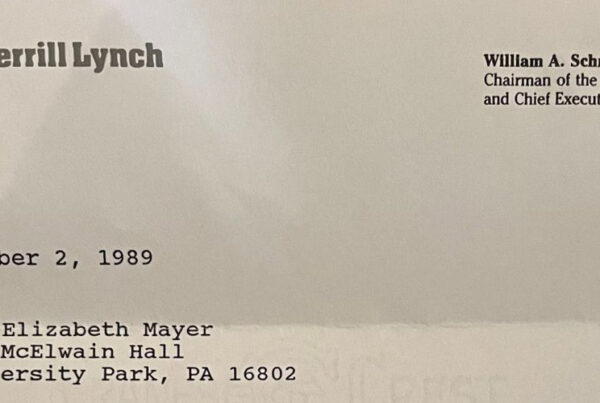
I am a customer detective. I help companies understand more about their customers so they can help them connect to their brands.
Understanding customers requires that you find “clues” across your organization and put them together. The information is spread across many departments within your company such as customer service, marketing, new product development, sales, etc.
Even within marketing, each channel (e.g., email, direct mail, telephone, social networks, etc.) has their own vision of the customers and who they are.
A VARIETY OF ANSWERS
If you ask the average organization to define who the best customers are, you get a variety of answers. Marketing will say it’s the customers who purchase most frequently. Sales will say it’s the customers who spend the most. Customer service will say it’s the customers who never call. So who is right? They all are.
To “serve” customers well, the organization needs a common understanding of their “best” customers so they can understand how to engage with them. Take the example of an electronics retailer. This company thought their customers were the tech savvy nerds. It turns out the key customers who were loyal and spent the most money were exactly the opposite. The key customers were technology afraid and needed some guidance on what technology would be right for them. They wanted personalized service and assurance that everything would “work.”
Certainly this is much different than the previous picture.
WHO IS YOUR CUSTOMER, REALLY?
How do you find out who your customer’s really are? There are several key methods.
-
- Segmentation. Segmentation uses mathematical techniques to sort and group your customers based on their purchasing behavior. It tells you a lot about what your customers purchase, not why.
- Ethnographic. Ethnographic research helps you understand how your customers use your products and what they like and don’t like about them. Ethnographic research happens when you go visit your customers in their homes and in the stores to observe their actual behavior.
- Active Listening. Active listening is done by engaging with your customers in customer service, through social networks, research, events, etc. Active listening requires you ask your customers to rate their experiences, provide you with feedback about their likes and dislikes, suggestions, etc.
ONE SIZE DOES NOT FIT ALL
Customers are different from each other so never assume one size fits all. You need to personalize the customer experience as much as possible so you are speaking to them as individuals. This will have a tremendous impact on their connection with your organization and their feelings about your brand. Personalization can increase marketing effectiveness by as much as 200%.
Customers have a way of changing all the time. This means you need to continuously learn about them and adapt. Many organizations are finding their current customers are very concerned about spending in these difficult times. Be sure to acknowledge what is important to them, how you can help them, and how important they are to you.
Get out there! Be a customer detective, find the clues and share them. Then watch your business grow.
Darcy Bevelacqua
CEO, Success Works CX
darcybeve@yahoo.com
Photography Source: Photograph of David Suchet, Wikipedia. Words and fonts are stylized © Copyright 2018, The Chief Storyteller®, LLC. All Rights Reserved.



